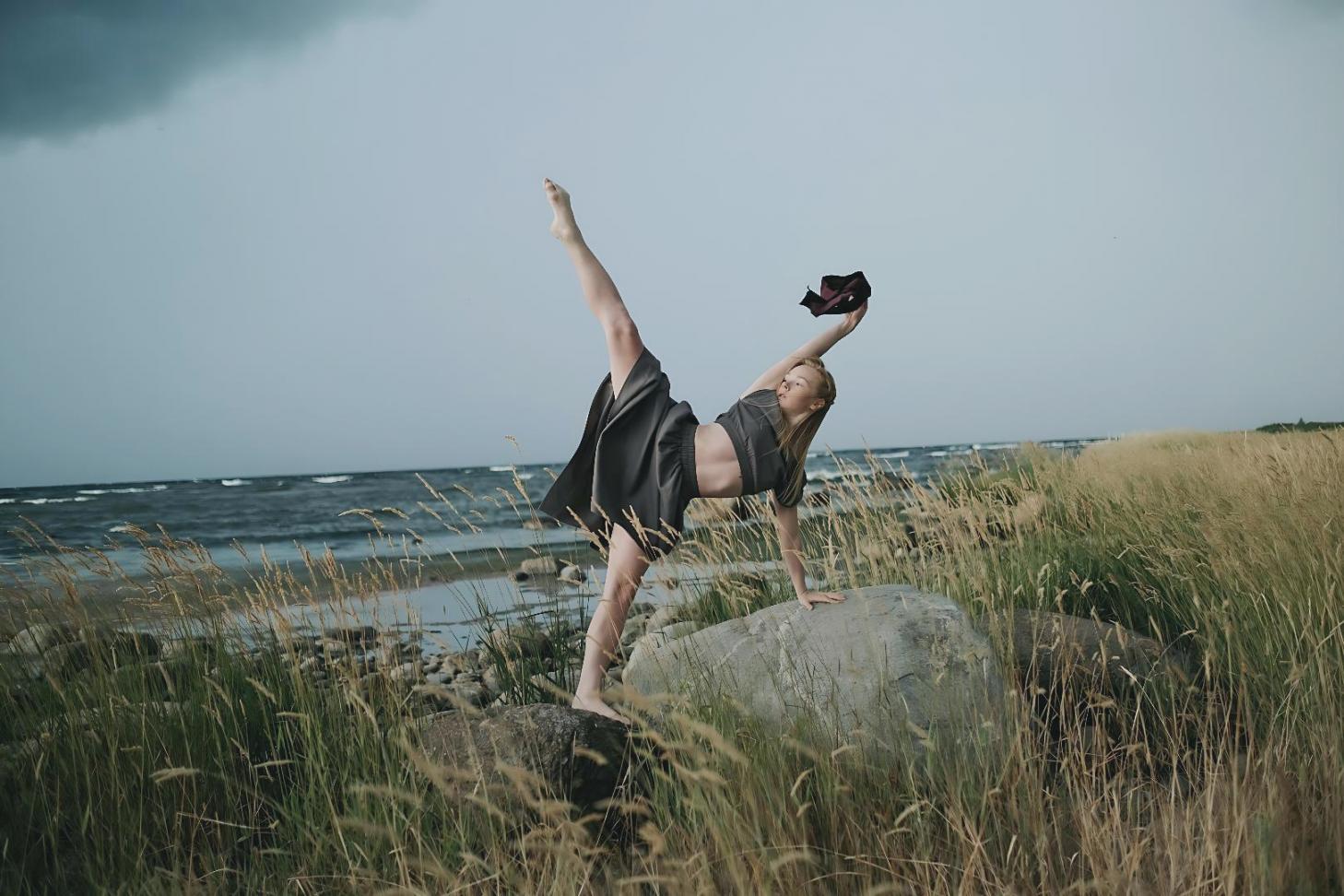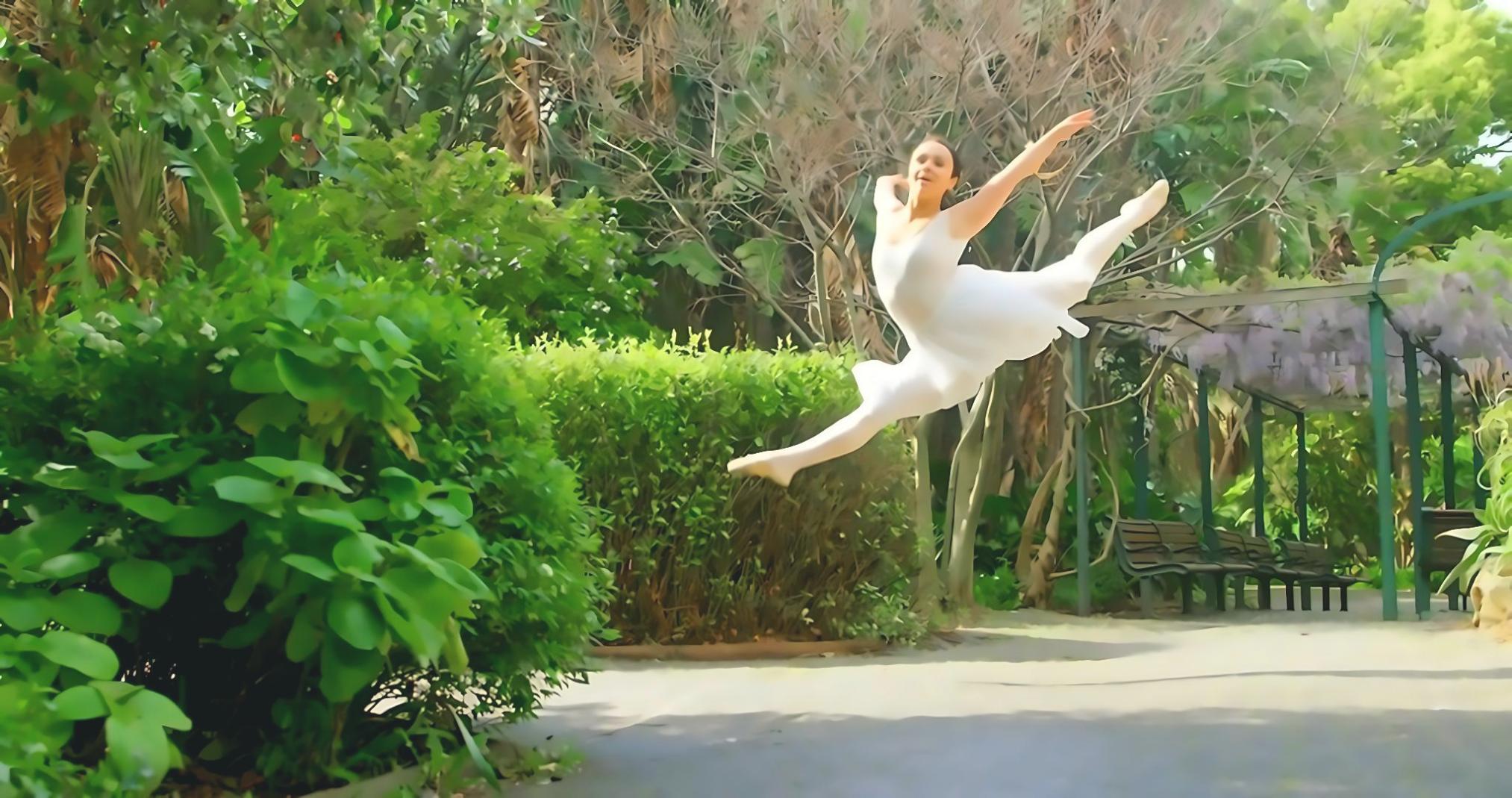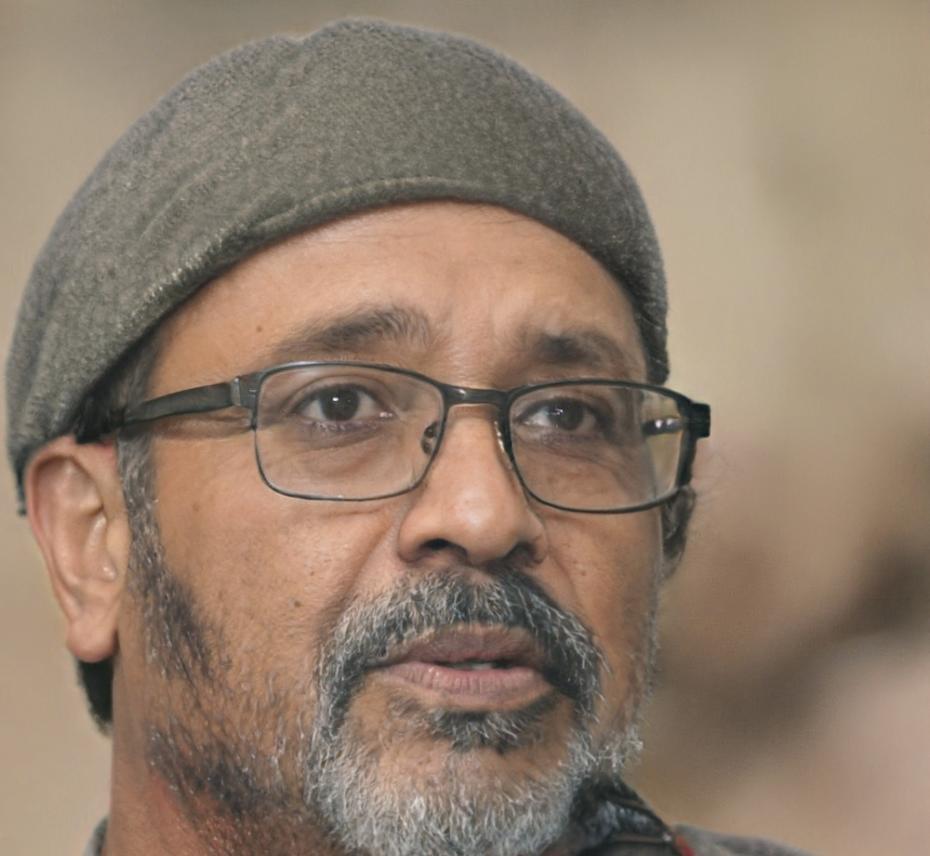Dance Connection That Changes Everything
Partner dancing isn't just about steps. It's about learning to communicate without words, building trust through movement, and discovering confidence you didn't know existed.
We work with people who've never danced before and those who want to refine their connection. Our approach focuses on the fundamentals that make partner dancing feel natural rather than forced. You'll learn timing, musicality, and how to actually lead or follow in ways that feel intuitive.
Explore Our Programs
How We Actually Teach Connection
Most dance schools focus on memorizing patterns. We teach you to understand the underlying mechanics so you can dance with anyone, anywhere.
Foundation First
Before any fancy moves, you'll understand weight transfer, frame, and musical structure. These basics determine whether dancing feels awkward or effortless. We spend real time here because it matters.
Communication Through Touch
Leading and following is a conversation. You'll learn how pressure and release create dialogue between partners. This skill transfers across every dance style you might try later.
Situational Practice
Dancing in a studio with perfect lighting is one thing. We prepare you for crowded floors, different music styles, and partners with varying experience levels. That's where real skill shows.

What Actually Changes When You Learn This
People start dancing for different reasons, but certain changes show up consistently. Here's what tends to happen over the first few months of practice.
You stop thinking about every step
Around week six, most students notice they're not mentally counting anymore. The patterns start living in muscle memory, which frees your mind to focus on the music and your partner instead.
Social situations feel different
Learning to read subtle physical cues from a dance partner changes how you pick up on body language in general. Students mention this in unexpected contexts, from work meetings to family gatherings.
The difficulty becomes addictive
Partner dancing has infinite depth. Just when something clicks, you notice another layer to explore. That challenge keeps people coming back for years, not months.
Your First Twelve Weeks
This is what a typical progression looks like. Everyone moves at their own pace, but these milestones give you a realistic picture of what to expect.
Weeks 1-3: Basic Rhythm and Frame
You'll learn to stay on beat and maintain proper posture. Sounds simple, but this is where most beginners struggle. We use specific drills that make rhythm recognition much faster than typical methods.
Weeks 4-6: Core Patterns and Connection
Now you're combining movement with partner awareness. You'll practice the fundamental patterns that appear in nearly every partner dance style. This is where it starts feeling like actual dancing.
Weeks 7-9: Musicality and Styling
The technical foundation is there, so we add interpretation. You'll learn to match your movement to different musical elements and develop your personal style within the structure.
Weeks 10-12: Social Dancing Application
The goal is dancing with new partners in real social settings. We run practice socials where you'll rotate partners and work with music you haven't heard before. This is what separates students from actual dancers.
I tried three different studios before finding this program. The difference is they don't just show you patterns, they explain why the movement works. That understanding made everything click for me after months of feeling lost.

Starting Options for Fall 2025
We're accepting new students for our September and October 2025 cohorts. Classes are deliberately small because partner rotation requires specific ratios.
